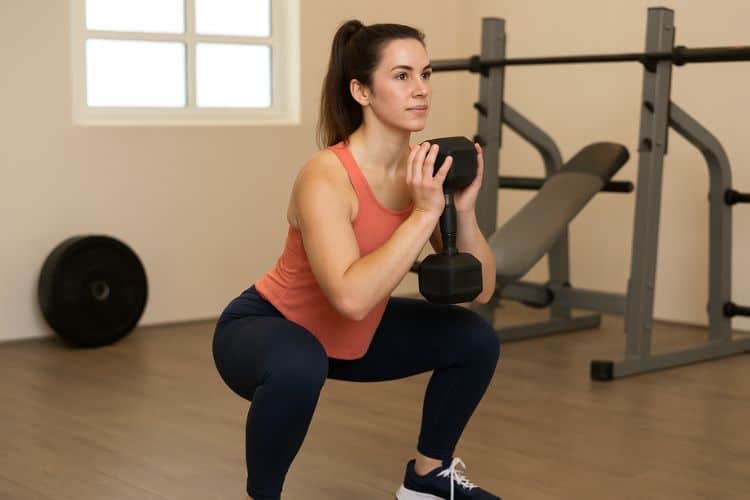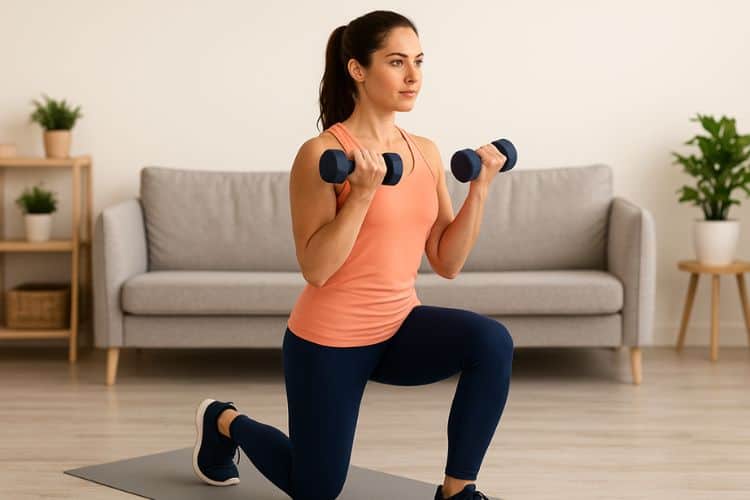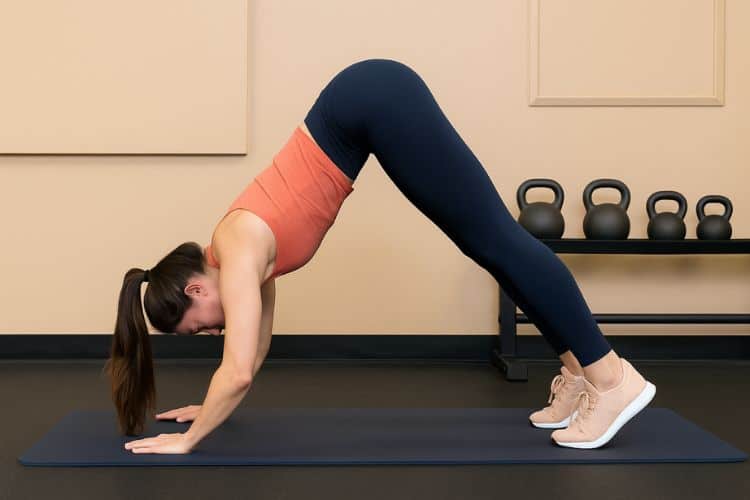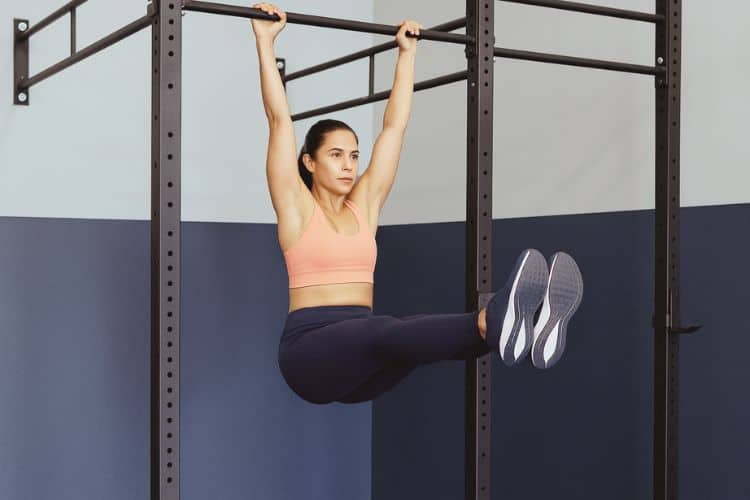Sign up for workout ideas, training advice, reviews of the latest gear and more.






If you’re looking to build strength, tone your upper body, and develop serious control over your body weight, calisthenics is the perfect place to start. One of the most iconic pieces of equipment in this style of training is the pull-up bar — simple, compact, and incredibly effective. In this guide, we’ll walk you through a 30-minute beginner calisthenics pull-up bar workout that targets your back, shoulders, arms, and core. Whether you’re training at home, in a park, or at the gym, this session will help you master the fundamentals, improve your strength, and start progressing toward full pull-ups.
Calisthenics is a form of strength training that uses your body weight as resistance. It’s about mastering movement control and coordination rather than relying on machines or free weights.
The pull-up bar plays a central role in calisthenics because it engages major muscle groups while improving grip strength, posture, and stability. For beginners, it’s also a benchmark for progress — once you can perform your first full pull-up, you’ll have developed real functional upper-body strength.
Before jumping into the routine, let’s break down why pull-up bar training is so effective:
Exercises like dead hangs, assisted pull-ups, and chin-ups target your lats, biceps, shoulders, and traps, helping you sculpt a strong, toned upper body.
Holding your body on a bar develops forearm and grip endurance, while your core must remain tight to stabilize your movement.
A consistent pull-up bar routine strengthens your back and opens your chest — perfect for reversing the effects of poor posture from sitting all day.
Calisthenics improves the way you move in real life — climbing, lifting, and supporting your own body weight. It’s a foundation for total-body fitness.
Before hitting the bar, it’s crucial to warm up your muscles and joints. Spend 5 minutes preparing your body:
Your shoulders, wrists, and back should feel loose but ready to activate.
This workout is designed to help beginners build foundational strength and confidence on the bar. You’ll alternate between upper-body pulling movements and core-engaging exercises for balance.
Format: 3 circuits
Time: 30 minutes total
Equipment: Pull-up bar (plus optional resistance band for assistance)
This circuit establishes the base of your pull-up strength — grip endurance, scapular activation, and controlled holds.
Hang from the bar with your arms fully extended and shoulders engaged (avoid letting them shrug). Focus on keeping your core tight.
Muscles worked: forearms, lats, shoulders.
Hang from the bar, then pull your shoulder blades down and together. Keep your elbows straight — this isolates the scapular movement that initiates pull-ups.
Tip: Think about “shrugging” your chest toward the bar.
Lie on your back, lift your arms and legs a few inches off the ground, and hold. This strengthens your core and mimics the body position used during pull-ups.
Rest 60 seconds between sets.
Now that your shoulders and grip are ready, this circuit helps you build the actual pulling power for future unassisted pull-ups.
Loop a resistance band over the bar and place one or both feet inside it. The band helps offset your body weight, allowing you to perform the full range of motion.
Focus: Slow controlled movement on the way down (eccentric phase).
Set the bar at chest height or use parallel bars. Walk your feet forward and pull your chest toward the bar, keeping your body straight.
Muscles worked: mid-back, rear delts, biceps.
Hang from the bar and lift your knees toward your chest. Avoid swinging; use controlled motion to engage your abs.
Rest 60–90 seconds between sets.
The final circuit strengthens your midsection, essential for maintaining proper form during pull-ups and other calisthenic movements.
Lift your legs to a 90-degree angle or as high as possible. Beginners can keep knees bent.
Tip: Focus on slow, controlled movement rather than momentum.
Jump or step up so your chin is above the bar, then lower yourself slowly for 3–5 seconds. This builds eccentric strength — the key to achieving your first full pull-up.
Finish with a core stability move that complements your pull-up mechanics. Keep your hips low and engage your abs.
Rest 60 seconds between sets.
After your 30-minute session, spend a few minutes stretching to reduce soreness and improve flexibility.
Cooling down promotes recovery and helps prevent tightness in your shoulders and lats.
Consistency is key. You don’t need to do this workout daily — instead, space it out to allow muscle recovery.
| Day | Focus |
|---|---|
| Monday | Pull-Up Bar Calisthenics Workout |
| Tuesday | Rest or light cardio |
| Wednesday | Pull-Up Bar Calisthenics Workout |
| Thursday | Rest or yoga/mobility |
| Friday | Pull-Up Bar Calisthenics Workout |
| Saturday | Optional active recovery (walk, swim, stretch) |
| Sunday | Rest |
This 3-day split gives your muscles time to adapt and grow stronger.
If your goal is to achieve your first full pull-up, use the following strategy to build up:
Within a few months, you’ll be ready to conquer unassisted pull-ups confidently.
Building strength through calisthenics isn’t just about training — your nutrition and recovery matter just as much.
Fuel your body with lean protein sources like chicken, eggs, beans, and Greek yogurt to support muscle repair. Include complex carbs for sustained energy and healthy fats for recovery.
Muscles perform better when hydrated. Aim for at least 2–3 liters of water daily.
Your muscles grow while you rest. Prioritize 7–8 hours of sleep per night and avoid overtraining.
Record your sets, reps, and hang times. Progress tracking keeps you motivated and accountable.
Even simple exercises can lead to frustration or injury if done incorrectly. Avoid these pitfalls:
Once you master the basics, try these progressions and variations to keep challenging your body:
This 30-minute pull-up bar routine is built on progressive overload principles — increasing your time under tension, improving your scapular control, and strengthening your pulling chain.
It’s ideal for beginners because it blends accessible movements like dead hangs and assisted pull-ups with core-based drills that lay the groundwork for more advanced calisthenics.
Keep a simple workout log to measure improvement:
| Week | Dead Hang Time | Negative Pull-Ups | Assisted Pull-Ups |
|---|---|---|---|
| Week 1 | 30s | 3 reps | 8 reps (medium band) |
| Week 3 | 45s | 5 reps | 10 reps (light band) |
| Week 6 | 60s | 6 reps | 10 reps (thinner band) |
| Week 8 | 75s | 8 reps | 6 unassisted pull-ups |
With steady effort, you’ll notice visible progress in just 6–8 weeks.
Calisthenics is more than a workout — it’s a journey of mastering your body and mind. With this 30-minute beginner pull-up bar workout, you’ll develop real-world strength, build a defined upper body, and cultivate the discipline that carries over into every aspect of life.
Remember, every rep brings you closer to your first full pull-up. Stay consistent, focus on form, and celebrate each milestone along the way.
Want more calisthenics workout check out these additional articles from our catalog. Learn more about Calisthenics Pull-Up Bar Workout for Women. Discover the Best 40-Minute Calisthenics Workout Plan. Try the 20-Minute Full-Body Calisthenics Workout. Explore the 15-Minute Calisthenics Workout Plan for Women. Check out the 10-Minute Full-Body Calisthenics Workout.
Stay up to date on the latest women’s health, fitness and lifestyle trends and tips.